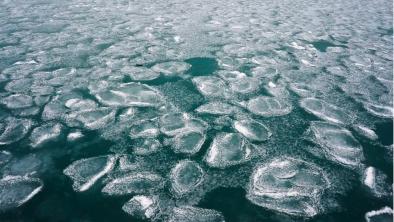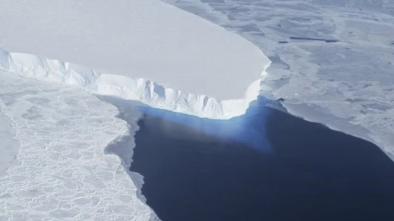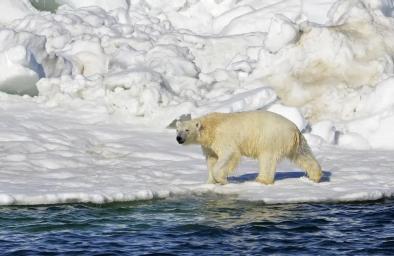Science Source
New observations of Arctic sea ice from satellite radar altimetry
- States that satellite observations of Arctic sea ice have observed a decline in extent for all months since 1979 and that the decline is coincident with abrupt global and Arctic warming over the last 30 years; during this time, the mean Arctic temperature has increased at almost twice the global average rate – a phenomena known as Arctic amplification
- States it has previously been difficult to quantify trends in sea ice volume because detailed thickness observations have been lacking
- States that the European Space Agency’s (ESA’s) CryoSat-2 satellite was launched in April 2010 and now provides unparalleled coverage of the Arctic Ocean up to 88°N
- Observes a 14% reduction in sea ice volume between autumn 2010 and 2012, in keeping with the long-term decline in extent
- Observes 33% and 25% more ice in autumn 2013 and 2014, respectively, relative to the 2010–2012 seasonal mean, which offset earlier losses
- Finds that the increase was caused by the retention of thick sea ice northwest of Greenland during 2013 which, in turn, was associated with a 5% drop in the number of days on which melting occurred
- The sharp increase in sea ice volume after just one cool summer demonstrates the ability of Arctic sea ice to respond rapidly to a changing environment
- Finds that the near real time (NRT) dataset provides a measurement within 14, 7 and 6 km of each location in the Arctic every 2, 14 and 28 days respectively
Related Content
Science Source
| Nature
Regime shift in Arctic Ocean sea ice thickness
Headline

Feb 21, 2023 | Climate Nexus Hot News
Ice Absent From Great Lakes, New England
Headline

Feb 16, 2023 | Climate Nexus Hot News
Antarctic Sea Ice At Lowest Recorded Levels, Again; Thwaites Glacier's Weak Spots Getting Weaker
Headline

Jan 25, 2023 | Climate Nexus Hot News
Melting Sea Ice Could Increase Threatens Polar Bears, People


